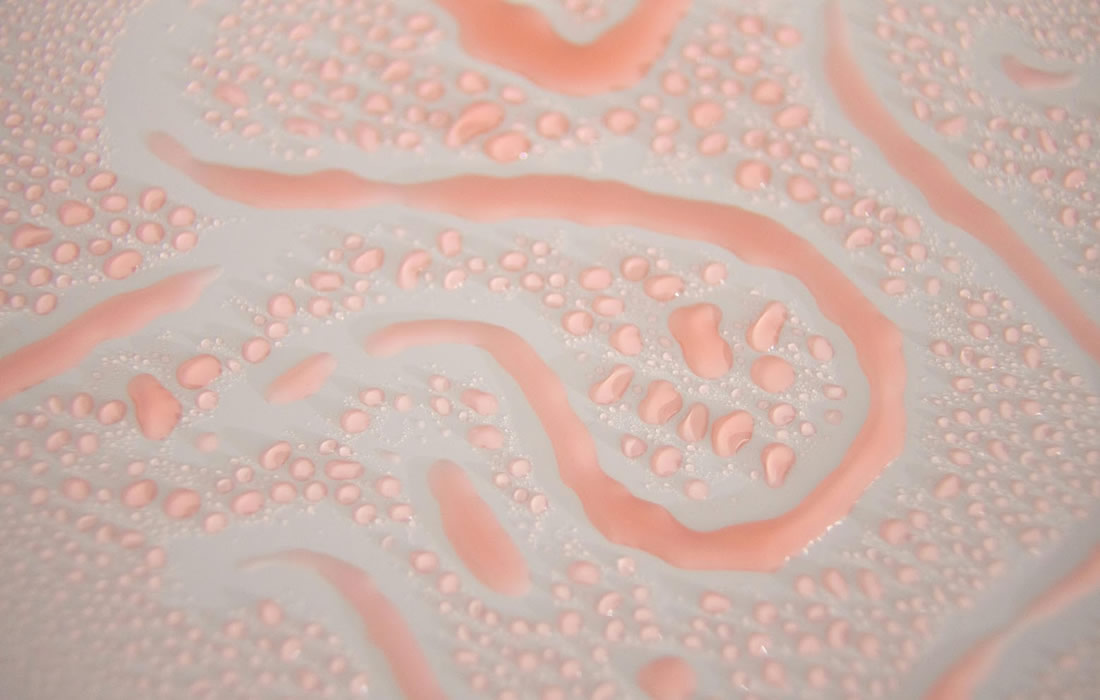Regenerative Medicine News and General Information
Insights into Novel Painless Treatment Regimen for Arrhythmia
The urgent need for an effective therapeutic regimen for ventricular arrhythmia inspired THI’s Electrophysiology Clinical Research & Innovations (EPCRI) team, led by its director, Dr. Razavi, to partner with Dr. Cosgriff-Hernandez and her UT Austin Biomedical Engineering (UT Austin BME) team to co-develop an innovative strategy that addresses the pathophysiology of re-entrant arrhythmia.
Ventricular arrhythmia, which occurs in the lower chambers of the heart or ventricles, is the leading cause of sudden cardiac death in the United States.
When heart rhythm abnormality occurs in a self-sustained manner, it is called re-entrant arrhythmia, which is usually fatal.
“Re-entry occurs mainly from delayed conduction in scarred heart tissues, usually after coronary artery occlusion during a heart attack, which can be corrected by enabling pacing in these regions,” said Dr. Razavi, a practicing cardiologist and cardiac electrophysiologist.
“These hydrogels then can access the scarred tissue, thereby enabling direct pacing of the otherwise inaccessible regions of the heart.”
Given hydrogels’ biostability, biocompatibility, tunable properties, and the ease of incorporating electrical conductivity, the scientists are exploring them as potential electrodes that can be easily delivered inside coronary veins.
The researchers successfully deployed the innovative hydrogel technology through minimally invasive catheter delivery in a pig model.
“The hydrogels have significant conductive properties that enable simultaneous pacing from multiple sites along the length of the hydrogel and create a conduction highway similar to those in Purkinje fibers,” according to Dr. Cosgriff-Hernandez.
The current anti-arrhythmic drugs on the market are not always effective; although the drugs slow the conduction velocity, they facilitate re-entry arrhythmia.
Even with the widely used interventional ablation therapies, arrhythmia recurs in a significant proportion of patients.
“When injected into target vessels, the conductive hydrogel conforms to the patient’s vessel morphology. Adding a traditional pacemaker to this gel allows for pacing that resembles the native conduction in the heart and extinguishes the cause for arrhythmia, providing painless defibrillation,” added Dr. Cosgriff-Hernandez.
Such innovation in painless defibrillation and preventing arrhythmia could revolutionize cardiac rhythm management.
Sources:
Gabriel J. Rodriguez-Rivera, Allison Post, Mathews John, Skylar Buchan, Drew Bernard, Mehdi Razavi, Elizabeth Cosgriff-Hernandez. Injectable hydrogel electrodes as conduction highways to restore native pacing. Nature Communications, 2024; 15 (1) DOI: 10.1038/s41467-023-44419-0
Texas Heart Institute. “Injectable hydrogel electrodes open door to a novel painless treatment regimen for arrhythmia.” ScienceDaily. ScienceDaily, 9 January 2024. <www.sciencedaily.com/releases/2024/01/240109170505.htm>.
Materials provided by Texas Heart Institute. Note: Content may be edited for style and length.
Images from:
Photo by Jill Burrow
https://www.pexels.com/photo/abstract-background-of-smooth-gel-drops-on-white-surface-6387858/

